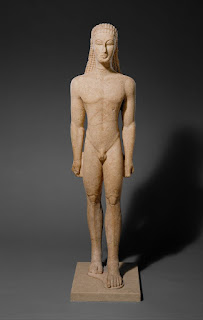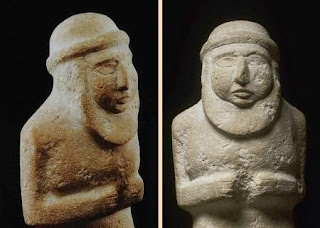Artwork Analysis Blog Post (Due September 23, 2020)

The Saljuq rulers of the region that is presently Iran and Turkey, while only in power for a brief time, were significant in both education and artistic culture. In fact, art crafted by Anatolian Saljuqs was so distinctive from its counterparts that it is regarded as its own period of culture. Goods such as incense burners and perfume containers, (particularly ones modeled after animals, as most pieces were in this time period), were a common and popular artistic outlet. This piece, titled, “Incense Burner of Amir Saif al-Dunya wa’l-Din ibn Muhammad al-Mawardi”, is a bronze incense burner fashioned after a lion, notably large and engraved with Arabic calligraphy. Its style and height are unique – certainly markers of its time. Works Cited Glenna Barlow, "Arts of the Islamic world: The medieval period," in Smarthistory, August 8, 2015, accessed September 22, 2020, Canby, Sheila R. "The Scented World : Incense Burners and Perfume Containers from Spain to Central Asia.&

